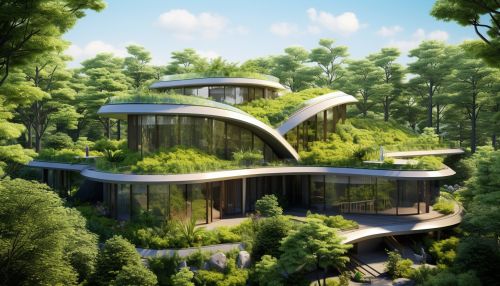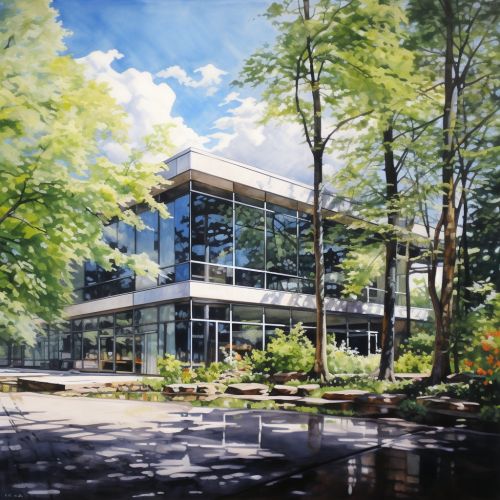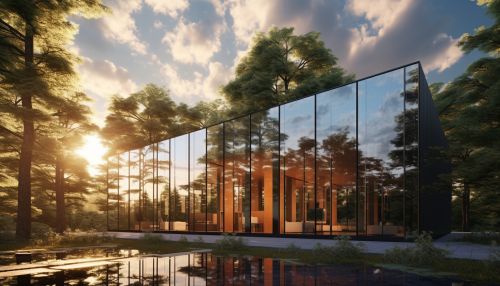Building with Nature
Introduction
"Building with Nature" is a concept that integrates natural processes and elements into architectural and urban design. This approach seeks to create sustainable, resilient, and aesthetically pleasing built environments that work in harmony with the natural world. It is a response to the environmental challenges posed by conventional construction methods, which often disregard the ecological context and can lead to detrimental impacts on the environment more.


Principles of Building with Nature
The principles of Building with Nature are rooted in the understanding and respect for the natural environment. They involve the use of natural materials, the incorporation of natural features and processes, and the creation of buildings and urban spaces that are in harmony with their surroundings more.
Use of Natural Materials
Natural materials, such as wood, stone, and clay, are preferred in Building with Nature. These materials are renewable, biodegradable, and have a lower environmental impact compared to synthetic materials. They also contribute to the aesthetic quality of the built environment and can enhance the well-being of the inhabitants more.
Incorporation of Natural Features and Processes
Building with Nature involves the integration of natural features and processes into the design. This can include the use of natural light and ventilation, the incorporation of water bodies and vegetation, and the design of buildings and urban spaces that are adapted to the local climate and topography more.
Harmony with the Surroundings
A key principle of Building with Nature is the creation of buildings and urban spaces that are in harmony with their surroundings. This involves the consideration of the ecological context, the cultural heritage, and the aesthetic qualities of the landscape. It also involves the minimization of the environmental impact and the enhancement of biodiversity more.
Benefits of Building with Nature
Building with Nature offers several benefits, both environmental and socio-economic. These include the enhancement of biodiversity, the reduction of environmental impact, the improvement of human well-being, and the creation of aesthetically pleasing built environments more.
Enhancement of Biodiversity
By incorporating natural features and processes, Building with Nature can enhance biodiversity. This can be achieved through the creation of green roofs and walls, the preservation of natural habitats, and the use of native plant species more.
Reduction of Environmental Impact
Building with Nature can significantly reduce the environmental impact of construction. This is achieved through the use of natural materials, the minimization of waste, the reduction of energy consumption, and the mitigation of pollution more.
Improvement of Human Well-Being
Building with Nature can improve human well-being by creating healthy and comfortable living environments. This is achieved through the use of natural light and ventilation, the incorporation of green spaces, and the use of materials that are non-toxic and allergen-free more.
Creation of Aesthetically Pleasing Environments
Building with Nature can create aesthetically pleasing environments that enhance the quality of life. This is achieved through the use of natural materials, the incorporation of natural features, and the creation of buildings and urban spaces that are in harmony with their surroundings more.
Challenges and Future Directions
While Building with Nature offers many benefits, it also poses several challenges. These include the higher initial cost, the need for specialized knowledge and skills, and the need for supportive policies and regulations. Despite these challenges, Building with Nature is gaining recognition as a viable and necessary approach to sustainable development more.


